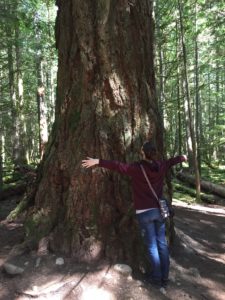I’ve had long conversations with various colleagues this pandemic year about online teaching.
One of my primary questions for more experienced faculty has been how they promote community and connection in the class. I had colleagues tell me to put together a Student Cafe online forum for students to socialize, a Course Q&A for students to ask each other questions about the course, and a Wellness Check forum to periodically ask how students are doing. I’ve found, however, that students prefer to connect over their own social media, using discord or even Instagram. My colleagues and I have typically encouraged this social contact outside of the classroom as a way of creating community cohesion. Within the class itself, I have sometimes found that students enjoy posting funny gifs to the wellness forum rather than a serious post which at least allows students to feel as if they are going through the course together.
I have also asked colleagues how they create back and forth around class content. Some have told me that they put together an online forum where they ask students to periodically post either 1) 2-3 major takeaways from the unit; 2) 1-2 confusions from the unit. This allows the instructor to then address and clarify these issues within the forum for the benefit of all the students working their way through the course. This also helps to create a sense of belonging to a community of inquiry, especially when students comment on each other’s posts and help one another come to conclusions about course content.
Finally, colleagues have told me that students come into these courses with varying degrees of experience with online learning. Having a forum where we can discuss and establish course norms is helpful to make sure everyone is on the same page when it comes to online learning. Since each course is designed differently, we need to also help the students navigate through the course design.
